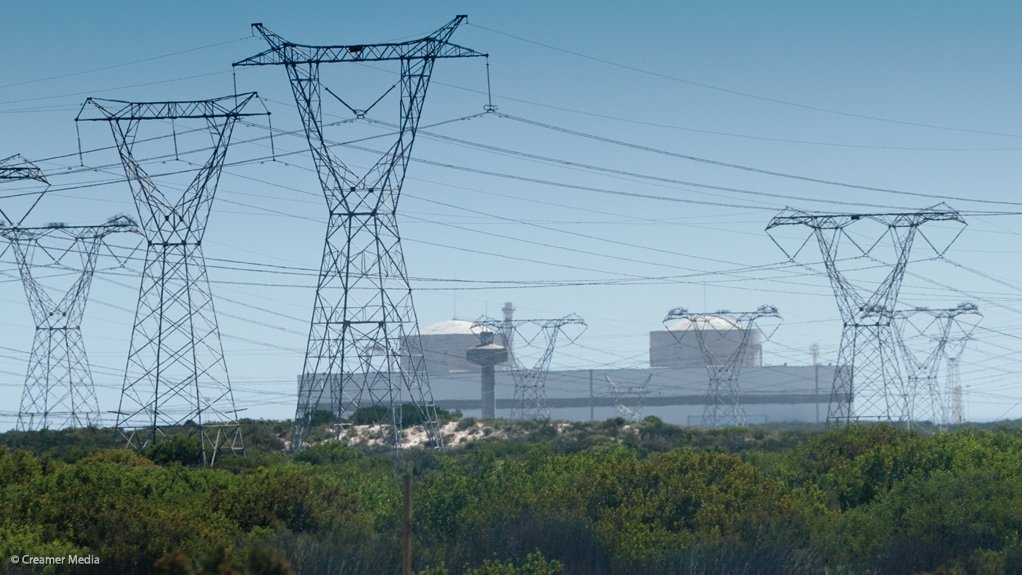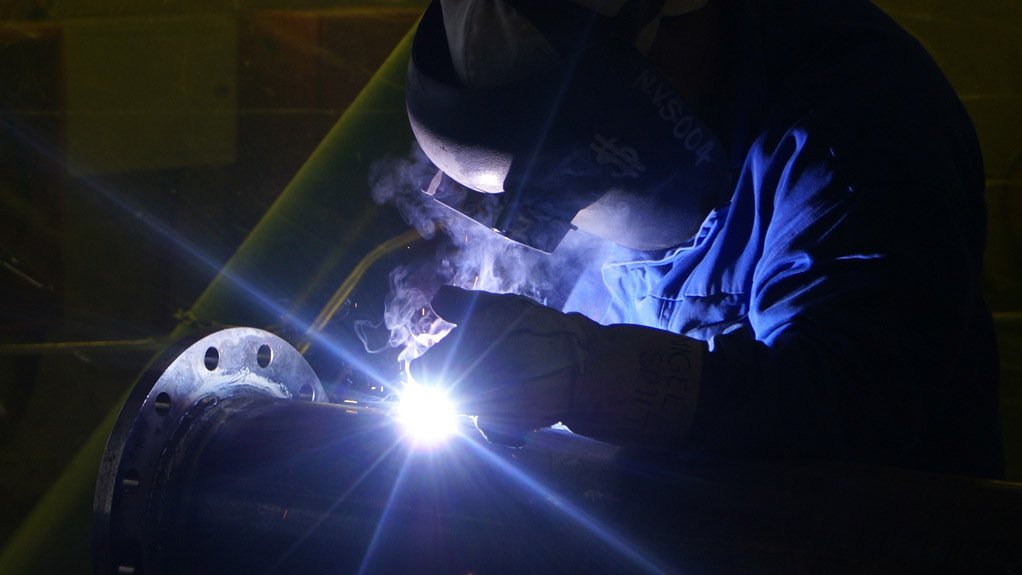Following the announcement late last year by the South African government that it would be going out on tender for the procurement of 9.6 GW of nuclear power, a delegation from France, which is interested in bidding, visited the South African Institute of Welding (SAIW) as part of its mission to establish links with relevant South African training providers that might assist French companies that tender.
As a result, SAIW executive director Sean Blake was invited to visit French fuel process and nuclear reactor fabricating company Areva’s heavy equipment manufacturing facility in Chalon, Saint-Marcel, in France.
Areva’s heavy equipment manufacturing facility, which primarily manufactures the steam generators for the Areva Evolutionary Power Reactor nuclear reactor, also built some of the components for the Koeberg nuclear power station, in Cape Town. It is planned that some of the components for the Koeberg steam generator replacement project will also be manufactured there.
He says that, if South Africa is to be able to service – from a welding perspective – its future nuclear industry, the country will have to improve the welding industry substantially.
“The quality and professionalism of the Areva facility is simply outstanding and there is much we can learn from them,” Blake points out.
He says that manufacturing methods have been studied and developed specifically for Areva’s activities over a period of more than 30 years.
“A key example of this is the drilling and broaching process, where tubes of up to 600 mm thick are drilled and broached within an accuracy of 0.01 mm. A matching sample is kept of every tube sheet bored as a quality control requirement,” Blake points out.
Within the heavy equipment manufacturing facility, there is a welding technology department, which is working on a number of new welding developments, including developing welding processes for the ITER Tokamak nuclear fusion project, in southern France.
About 35 nations are collaborating to build the world's largest tokamak, a magnetic fusion device that has been designed to prove the feasibility of fusion as a large-scale and carbon-free source of energy based on the same principle that powers our sun.
He says that the welding technology department is also working on the development of gas metal arc welding (GMAW) techniques as well as the automatic feed of filler material for gas tungsten arc welding to improve productivity and automation.
Blake says that, within the facility, Areva also has a welder training and testing facility, which is manned with training instructors and welding management. To work on nuclear components as a welder, a minimum of at least ten years’ training and experience is required.
“Interestingly, Areva is using electroslag welding as a weld build-up and cladding technique. The process is preferred for some applications owing to the low dilution achieved. They are also using robotic GMAW, as a cladding process and tungsten inert gas electric resistance of feed wire is used to improve productivity,” Blake says.
The facility has a second welder training facility that is some distance from the manufacturing facility. It has two welding bays with simulated environments, where welders are trained and tested in a working environment that is temperature- and humidity-controlled, with jigs for restricted access.
“Much of this training facility is dedicated to the use of automated welding techniques,” he says.
The Areva heavy equipment manufacturing facility employs 364 operators, of which 62 are boilermakers and 80 are welders. There are 348 technicians and 205 managers and engineers.
Blake explains that, owing to the nature and quality requirements of the products manufactured at this facility, there is a high ratio of engineers and technicians to operators. Quality control and engineering are key factors in this operation, with a ratio of one manufacturing hour for each engineering hour.
“If nuclear technology becomes part of the grid in South Africa, we must develop welding skills – including producing significantly more welding engineers – that match the complexity and demands of this technology and the SAIW will work with both the private and public sectors to help with this process in the future,” he concludes.
Edited by: Zandile Mavuso
Creamer Media Senior Deputy Editor: Features
EMAIL THIS ARTICLE SAVE THIS ARTICLE
To subscribe email subscriptions@creamermedia.co.za or click here
To advertise email advertising@creamermedia.co.za or click here















